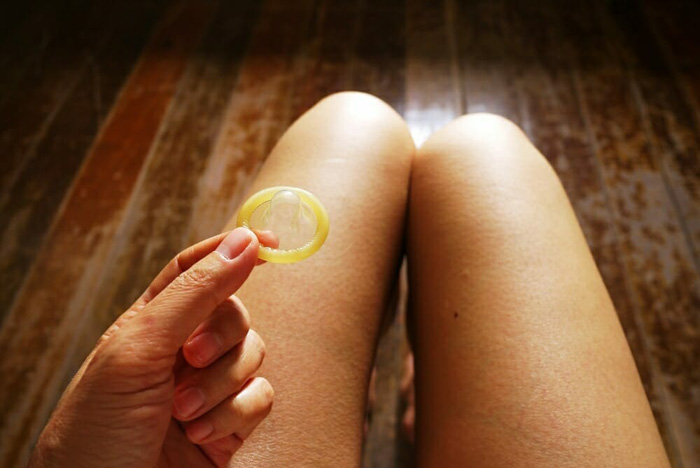
Lymphogranuloma venereum (LGV) is an STD caused by Chlamydia trachomatis. Acute LGV in heterosexual men is characterized by a transient primary genital lesion followed by multilocular suppurative regional lymphadenopathy. Women, homosexual men, andin occasional instances-heterosexual men may develop hemorrhagic proctitis with regional lymphadenitis. After a latent period of years, late complications include genital elephantiasis due to lymphatic involvement; strictures; and fistulas of penis, urethra, rectum.
Causes of Lymphogranuloma Venereum
Primarily an infection of lymphatics and lymph nodes. Lymphangitis and lymphadenitis occur in drainage field of the inoculation site with subsequent perilymphangitis and periadenitis. Necrosis occurs and loculated abscesses, fistulas, and sinus tracts develop. As the infection subsides, fibrosis replaces acute inflammation with resulting obliteration of lymphatic drainage, chronic edema, and stricture. Inoculation site determines affected lymph nodes: penis, anterior urethra-superficial, deep inguinal; posterior urethra-deep iliac, perirectal; vulva-inguinal; vagina, cervix-deep iliac, perirectal, retrocrural, lumbosacral; anus-inguinal; rectum-perirectal, deep iliac.
Symptoms of Lymphogranuloma Venereum
- Swelling and redness of the skin over the inguinal lymph nodes
- Drainage from inguinal lymph nodes
- Drainage of blood or pus from the rectum
- Ulcerates, heals and disappears within a few days and may go unnoticed.
- Chronic infection may result in severe scarring causing major deformation of the genitals.
Diagnosis
By DFA, culture, serologic tests, and exclusion of other causes of inguinal lymphadenopathy or genital ulcers.
Treatment
Antimicrobial Therapy Cures infection and prevents ongoing tissue damage, although tissue reaction can result in scarring.
Recommended regimen
- Doxycycline 100 mg PO bid for 21 days.
Alternative regimens
- Erythromycin 500 mg PO qid for 21 days.
- Sulfisoxazole 500 mg PO qid for 21 days, or equivalent sulfonamide course.
Surgery Buboes may require aspiration through intact skin or incision and drainage.
Follow-up Patients should be followed clinically until signs and symptoms have resolved.
Management of Sex Partners Sex partners should be referred for evaluation and treatment.
Prevention
As with other STDs, if you think you are infected, stop all sexual contact and see your doctor or STD clinic immediately. Safe-sex practices will prevent the spread of lymphogranuloma venereum as well as other STDs.
References